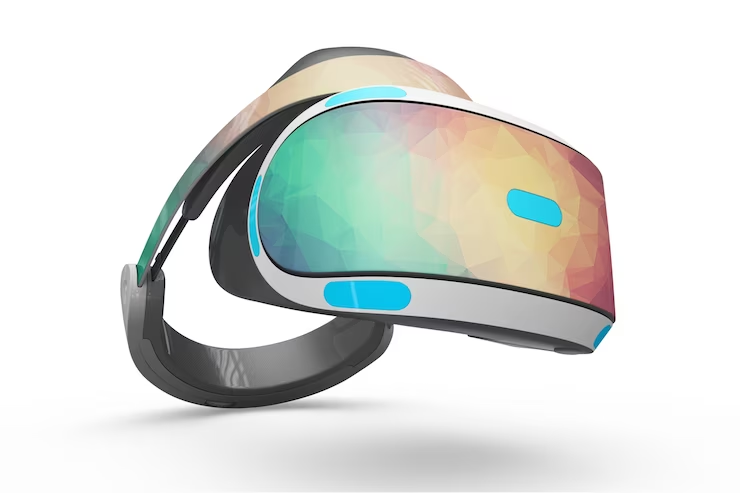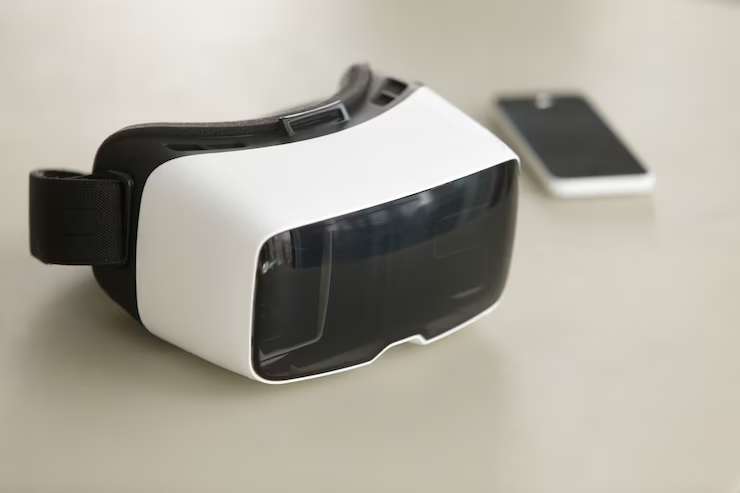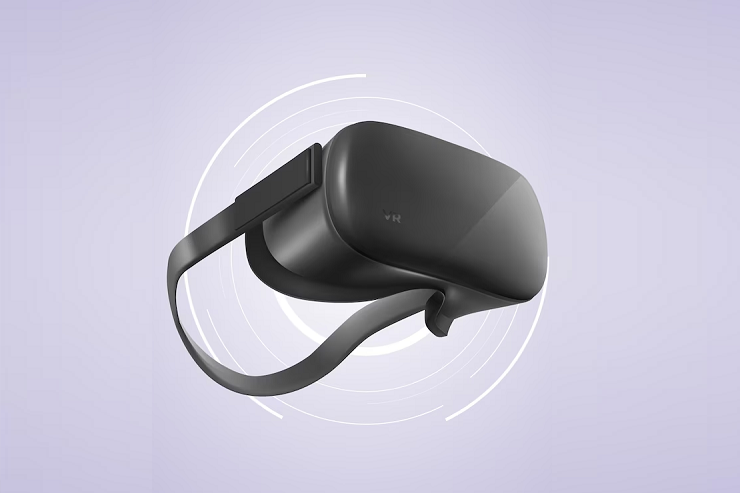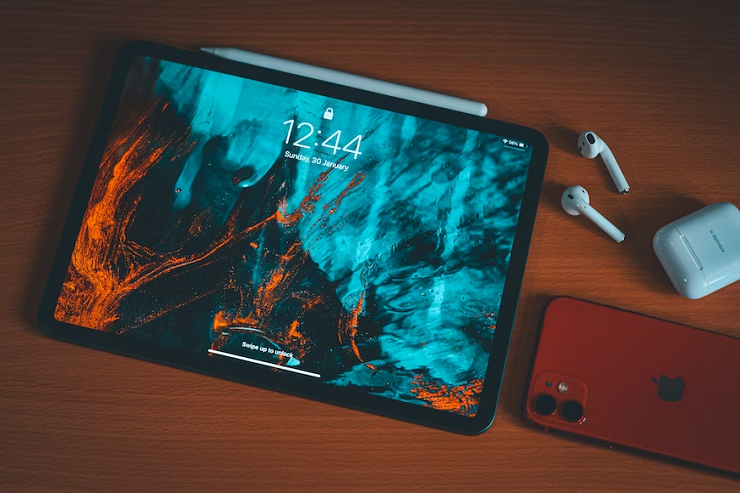
In recent years, Apple has consistently been at the forefront of technological innovation, revolutionizing how we interact with our devices. The latest addition to their visionary product lineup is the Apple Vision Pro, a groundbreaking device that marks the advent of spatial computing. With its advanced sensors, powerful processing capabilities, and seamless integration with Apple’s ecosystem, the Vision Pro opens up new possibilities for augmented reality (AR) experiences. This blog post will explore the Apple Vision Pro’s key features and transformative potential for various industries.
Understanding Spatial Computing
Spatial computing refers to merging the physical and digital worlds, enabling users to interact with digital content in a three-dimensional space. While virtual reality (VR) immerses users in a wholly digital environment, and augmented reality (AR) overlays digital content onto the real world, spatial computing furthers AR by allowing virtual objects to be seamlessly integrated into our physical surroundings. This paradigm shift has significant implications across industries, from entertainment and gaming to education and healthcare.
Unleashing The Power Of Apple Vision Pro
The Apple Vision Pro combines cutting-edge hardware and software to deliver a truly immersive spatial computing experience. Equipped with a suite of advanced sensors, including LiDAR, depth-sensing cameras, and precise motion-tracking capabilities, the Vision Pro can accurately map the user’s environment in real-time. This enables precise object placement, occlusion, and interaction, making virtual content appear more lifelike and natural.
Powered by Apple’s powerful A-series chip and advanced computer vision algorithms, the Vision Pro can handle complex tasks with ease. Its high-resolution display and adaptive refresh rate ensure stunning visuals and smooth performance, while spatial audio technology enhances the immersive experience by providing realistic sound positioning.

Transforming Industries
The Apple Vision Pro has the potential to revolutionize various industries by introducing spatial computing capabilities. Let’s explore a few examples:
-
Entertainment And Gaming
With Vision Pro, users can play immersive AR games seamlessly, blending virtual objects with their surroundings. Imagine battling virtual monsters in your living room or exploring a fantasy world overlaid in your neighborhood park. The Vision Pro’s precise tracking and interaction capabilities create a new level of engagement and immersion.
-
Education And Training
Spatial computing opens up exciting possibilities for education. Students can explore ancient civilizations through virtual reconstructions or dissect virtual organisms realistically and interactively. The Vision Pro provides a hands-on learning experience that enhances comprehension and retention.
-
Design And Architecture
Architects and designers can use Vision Pro to visualize and manipulate 3D models in real-world environments. They can preview building designs, experiment with interior layouts, and present their visions to clients with unprecedented realism. This accelerates the design process and enables better communication between stakeholders.

-
Healthcare
Vision Pro can assist in surgical planning in the healthcare sector, allowing surgeons to visualize patient-specific anatomical structures in 3D. It can also aid in medical education, enabling students to observe complex procedures in an immersive and interactive manner.
Privacy And Ethical Considerations
As with any technology that collects and processes data, privacy and ethical considerations are crucial. Apple has a strong track record of prioritizing user privacy, and the Vision Pro is designed with privacy in mind. User data is securely processed on-device and not shared without explicit consent. Additionally, Apple provides robust privacy controls to give users complete control over their data.
Seamless Integration With Apple Ecosystem
One of Apple’s strengths lies in its ecosystem, and the Vision Pro seamlessly integrates with the existing lineup of Apple devices and services. Users can leverage the power of their iPhone or iPad to control and interact with the Vision Pro, further enhancing the user experience. The device’s compatibility with ARKit, Apple’s augmented reality development platform, allows developers to create innovative and immersive AR experiences that leverage the full potential of Vision Pro. Additionally, the Vision Pro integrates with other Apple services like Apple Music and Apple Fitness+, enhancing entertainment and fitness experiences in a spatial computing environment.

Developer Opportunities And App Store
Apple’s commitment to providing a robust developer platform is evident in Vision Pro. Developers can access rich APIs and tools to create compelling spatial computing experiences. The Vision Pro’s advanced sensors and capabilities open up a new world of possibilities for app developers to explore and innovate. Apple’s App Store provides a platform for developers to distribute and monetize their spatial computing applications, reaching millions of users worldwide. The App Store’s rigorous review process ensures high-quality and secure apps, giving users peace of mind when exploring diverse AR experiences. This thriving developer ecosystem will drive the growth and adoption of spatial computing as developers continue to push the boundaries of what is possible with Vision Pro.
Conclusion
As we venture into the spatial computing era, the Apple Vision Pro emerges as a trailblazer, combining advanced hardware, software, and integration with the Apple ecosystem. Its transformative potential spans industries, enabling immersive gaming experiences, enhancing education and training, empowering designers and architects, and revolutionizing healthcare. With a strong focus on privacy and an ecosystem that fosters developer creativity, Vision Pro sets the stage for a future where spatial computing becomes an integral part of our everyday lives. As Apple continues innovating and refining its spatial computing technologies, we can anticipate an even more exciting and immersive future.
Also Read: Exploring IOS 17: The Highly Anticipated Next-Generation Release Coming In September
